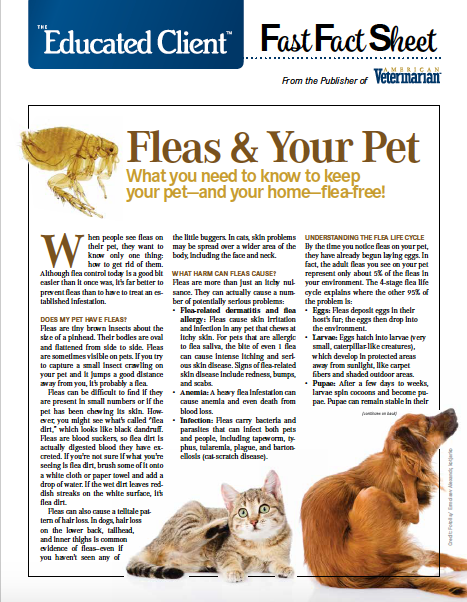Flea, Environmental Allergies on the Rise, Says Banfield
Banfield Pet Hospital’s 2018 State of Pet Health Report outlines the prevalence of the 3 most common types of pet allergies.

Pet allergies, and the skin problems they cause, are always a concern among pet owners. But the newly released 2018 State of Pet Health Report shows that at least some of these concerns are unwarranted.
Compiled by Banfield Pet Hospital, this year’s report was the largest of its kind, including medical data from more than 3 million dogs and cats cared for at Banfield hospitals in 2017. This year’s report focuses on pet allergies.
“With thousands of itchy pets coming through our doors each year, Banfield’s 2018 State of Pet Health Report aims to uncover the common causes and offer pet owners the tools they need to help their pets find relief,” Daniel Aja, DVM, senior vice president and chief medical officer at Banfield, said.
RELATED:
- It's Spring and My Pet Itches! A Look at Seasonal Allergies
- Healthy Cats May Have a Richer Skin Microbiome Than Allergic Cats
Here are some of the key findings from the 2018 report.
Flea Allergies
Fleas are the most common external parasite affecting Banfield patients, and the prevalence of flea allergy is on the rise. Banfield reported significant increases in flea allergy cases in cats (67.3% increase) and dogs (12.5% increase) over the past 10 years.
Environmental Allergies
Banfield has also seen an increase in environmental allergy cases among both canine (30.7%) and feline (11.5%) patients over the past decade. Pollen, dander, molds, and cleaning solutions are just a few of the culprits, but certain dog breeds are more prone to environmental allergies, such as golden and Labrador retrievers, German shepherds, cocker spaniels, boxers, French bulldogs, and West Highland white terriers.
Food Allergies
Click here for a client handout about flea prevention in pets.
Although food allergies in people are on the rise, the same cannot be said for pets. Only 0.2% of dogs and 0.1% of cats treated at Banfield are affected by food allergies. Banfield also reports that 30% of dogs and cats wth food allergy also have another allergic skin condition. Food-allergic dogs are 6 times more likely to develop a bacterial skin infection, and food-allergic cats are 15 times more likely.
The 2018 State of Pet Health Report urges veterinarians to be cognizant that allergies are always in season because many triggers can be found in the home, and that pets with suspected food allergies should undergo rigorous testing to ensure an accurate—and complete—diagnosis.
“At Banfield, we’re deeply invested in partnering with our clients to help keep pets happy and comfortable,” Dr. Aja said, “and that includes getting to the bottom of signs to uncover accurate diagnoses.”
